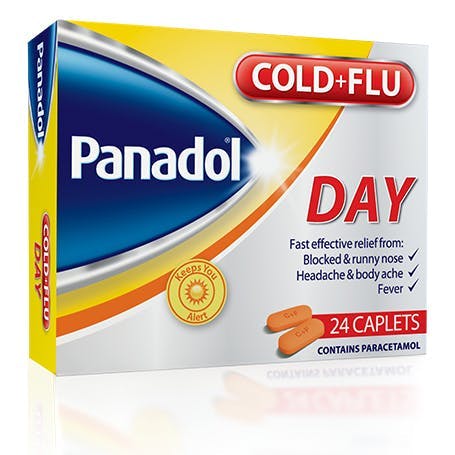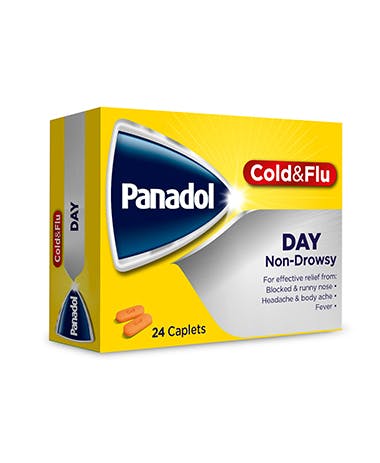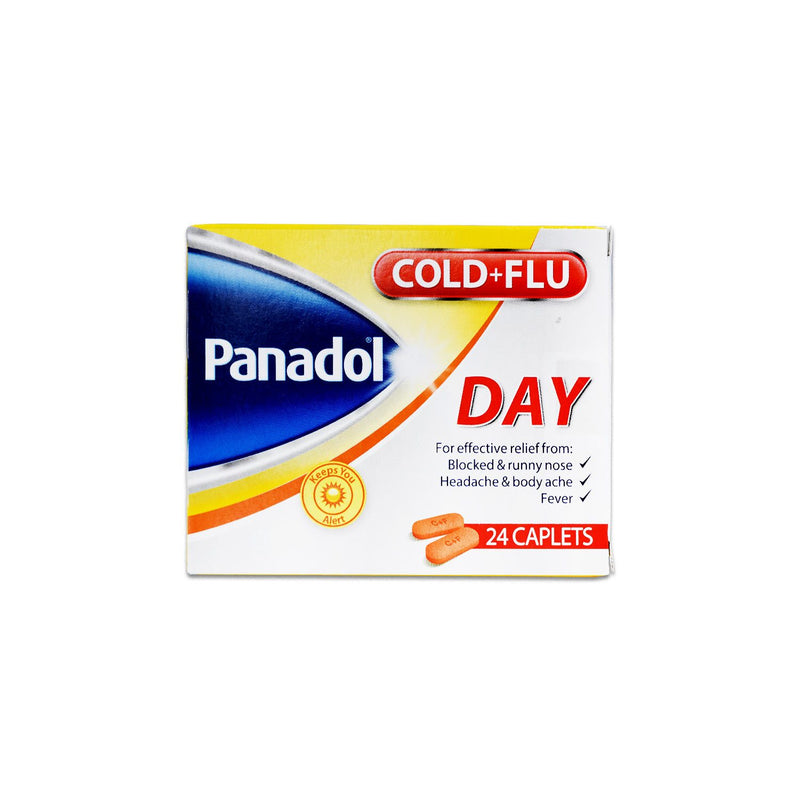When winter comes knocking, so do colds and flu. Panadol Cold and Flu Day offers an effective solution for managing the symptoms that make you feel miserable. In this article, we will explore everything you need to know about Panadol Cold and Flu Day, its benefits, ingredients, and how it compares to other over-the-counter remedies. Get ready to bid farewell to those pesky cold and flu symptoms!
What is Panadol Cold and Flu Day?
Panadol Cold and Flu Day is a non-prescription medication specifically designed to address the symptoms of colds and the flu. It combines several active ingredients to relieve congestion, reduce fever, and alleviate pain. This product is particularly effective during the daytime when you need to remain functional and productive.
Understanding the Active Ingredients
- Paracetamol: A well-known pain reliever and fever reducer.
- Phenylephrine: A decongestant that helps relieve nasal congestion.
- Chlorpheniramine: An antihistamine that alleviates sneezing and runny nose.
The Role of Each Ingredient in Relieving Symptoms
It’s important to understand how each ingredient contributes to symptom relief.
| Ingredient | Function | Effectiveness |
|---|---|---|
| Paracetamol | Pain relief and fever reduction | Very Effective |
| Phenylephrine | Constricts blood vessels to reduce nasal swelling | Effective |
| Chlorpheniramine | Reduces allergy symptoms | Effective |

How to Use Panadol Cold and Flu Day
For optimal relief, it’s critical to follow the recommended dosage. Adults and children over 12 should take two tablets every four to six hours as needed, not exceeding eight tablets in 24 hours. Always consult a healthcare professional before starting any new medication.
Pros and Cons of Panadol Cold and Flu Day
Pros
- Effective in relieving multiple symptoms of colds and flu
- Easy to find at pharmacies and supermarkets
- Gentle on the stomach
- Daytime formulation allows for continued productivity
Cons
- May cause drowsiness due to antihistamine content
- Not suitable for individuals with certain medical conditions
- Overuse can lead to liver damage due to paracetamol
Comparison with Other Cold and Flu Remedies
| Product | Active Ingredients | Effectiveness | Price Range |
|---|---|---|---|
| Panadol Cold and Flu Day | Paracetamol, Phenylephrine, Chlorpheniramine | High | $6 – $10 |
| NyQuil | Dextromethorphan, Acetaminophen, Diphenhydramine | High (nighttime) | $8 – $12 |
| DayQuil | Acetaminophen, Dextromethorphan, Phenylephrine | High | $7 – $11 |

Frequently Asked Questions (FAQs)
1. Is Panadol Cold and Flu Day safe for everyone?
While Panadol Cold and Flu Day is safe for most adults and children over 12, it may not be suitable for individuals with certain medical conditions, such as liver disease or those taking specific medications. Always consult with a healthcare provider before use.

2. Can I take Panadol Cold and Flu Day with other medications?
It’s essential to check with a healthcare professional before combining Panadol Cold and Flu Day with other medications to avoid potential interactions, especially with other products containing paracetamol.
3. How long can I take Panadol Cold and Flu Day?
You should not exceed the recommended dosage and duration stated on the packaging. If symptoms persist for more than a few days, consult a healthcare provider.
4. Can I use Panadol Cold and Flu Night if I take Panadol Cold and Flu Day?
Yes, but you must ensure that you do not exceed the total dosage of paracetamol from both products. Always refer to the dosage instructions and consult with a healthcare professional.
5. Are there any alternatives to Panadol Cold and Flu Day?
Yes, there are numerous alternatives available, including NyQuil or DayQuil, which serve similar purposes. However, consult with a healthcare professional to determine which is best for your specific symptoms and medical history.
Final Thoughts
Panadol Cold and Flu Day provides effective relief for those battling the discomfort of cold and flu symptoms. By understanding its ingredients, benefits, and comparisons with other products, you can make informed decisions about your health. Always consult with your healthcare provider for personalized advice and recommendations.